
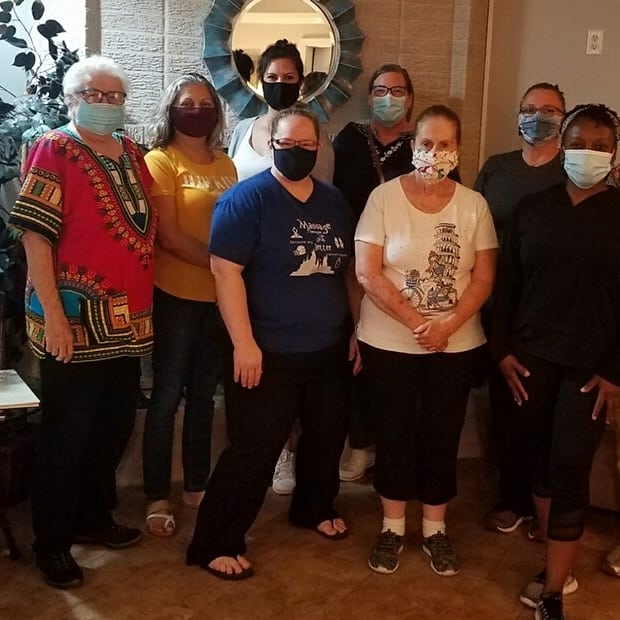
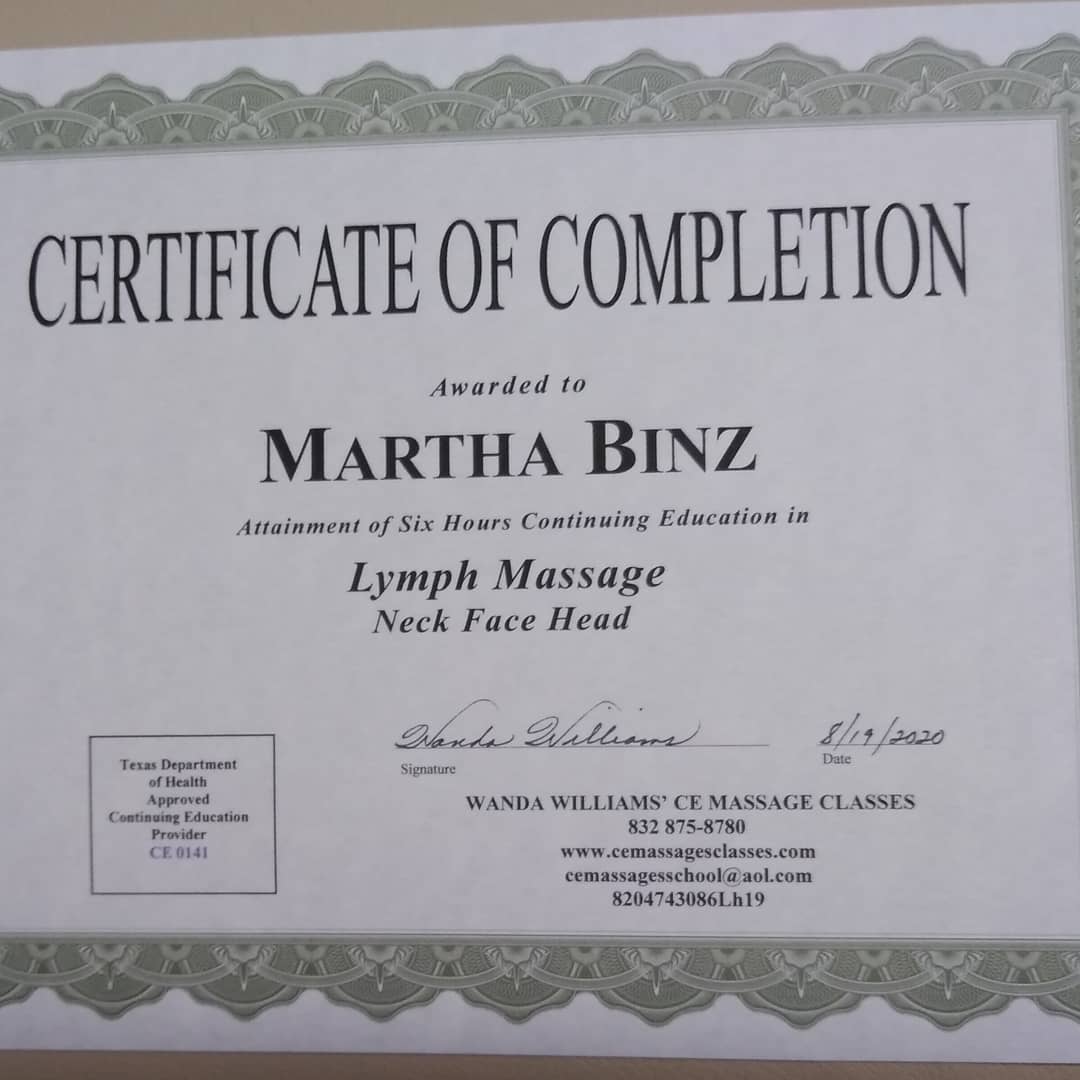
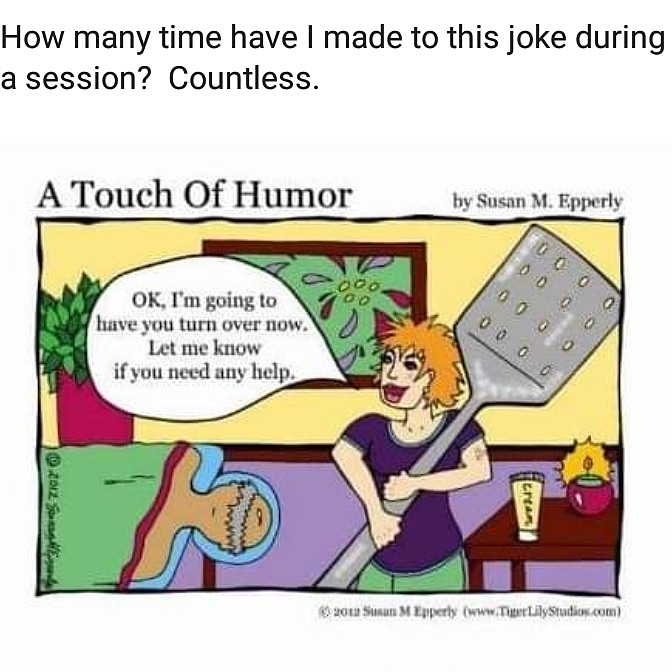
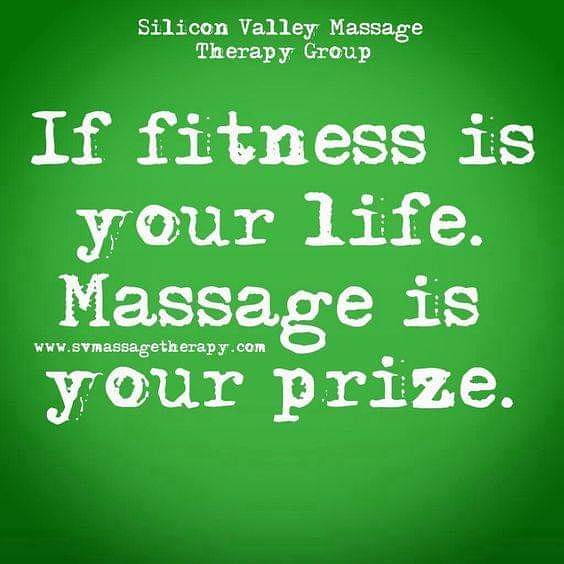
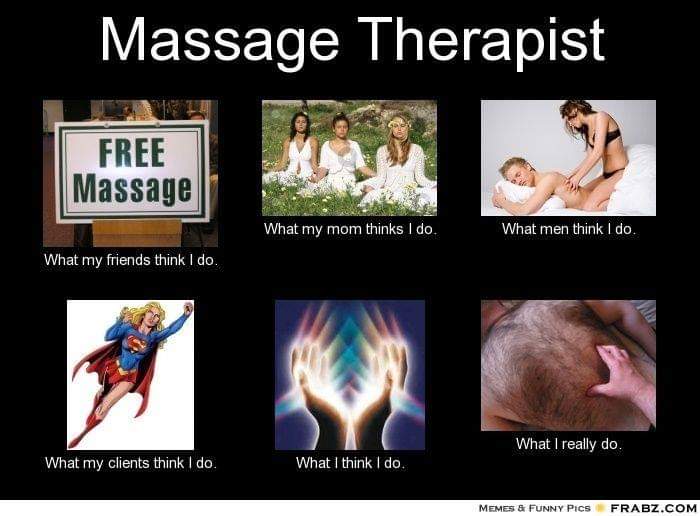
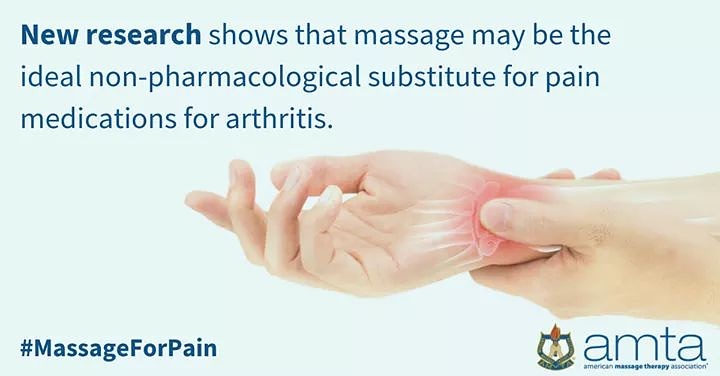
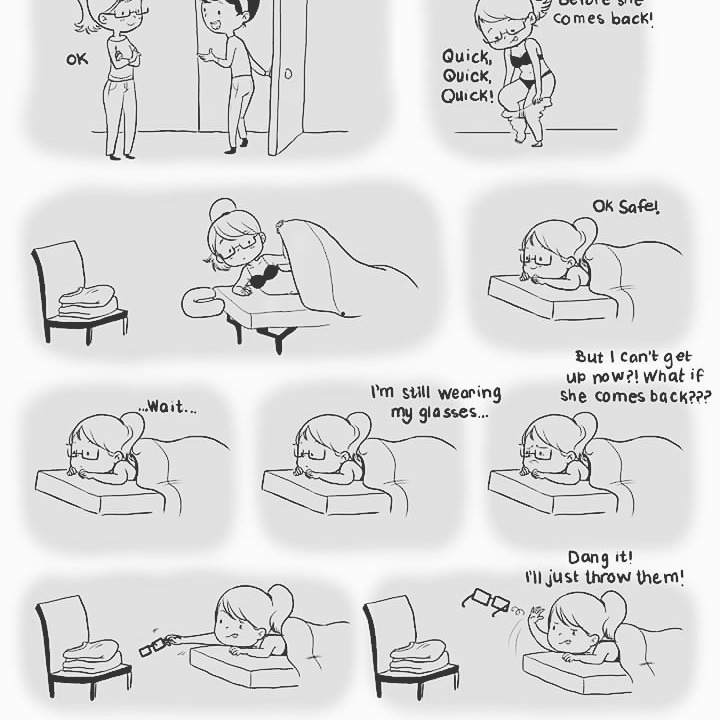

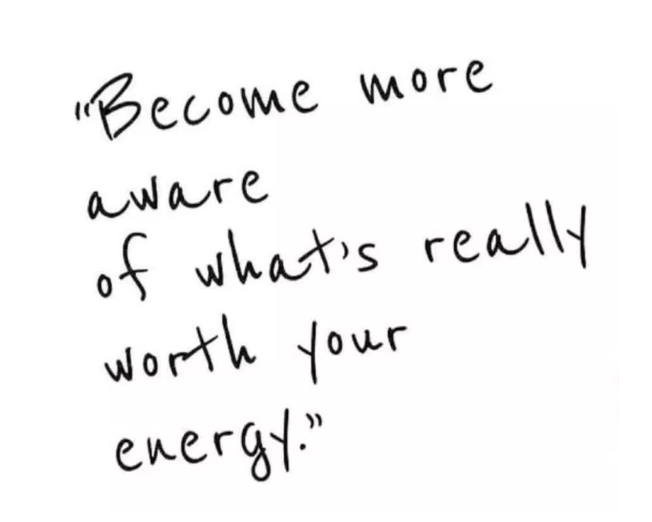
According to the study, several factors tend to determine the success of complementary and integrative health at VA locations, including providers having a positive attitude toward such health care, and program leads and practitioners exhibiting strength, professionalism and enthusiasm. Common challenges to implementation include insufficient space, and cultural and geographic environments.
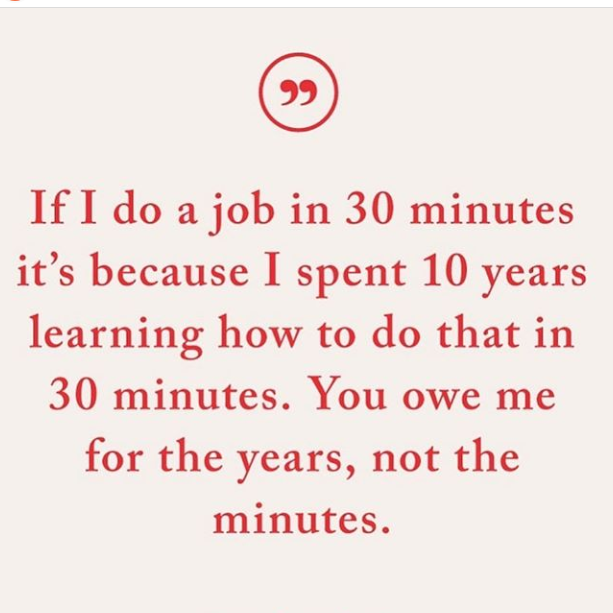
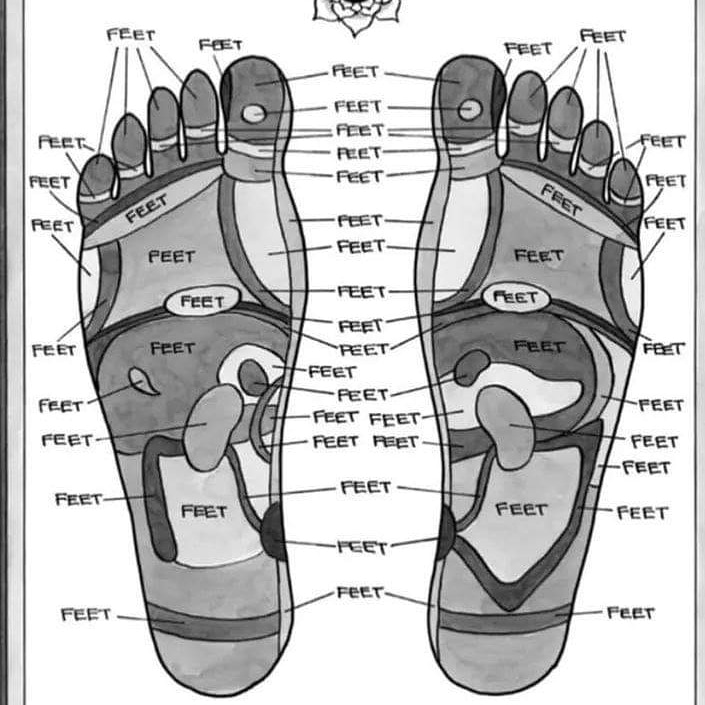
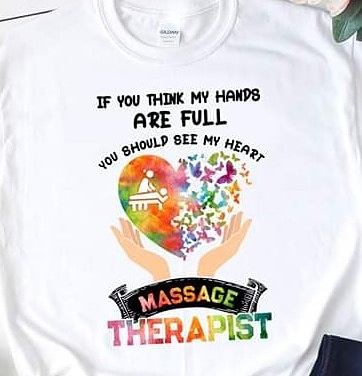
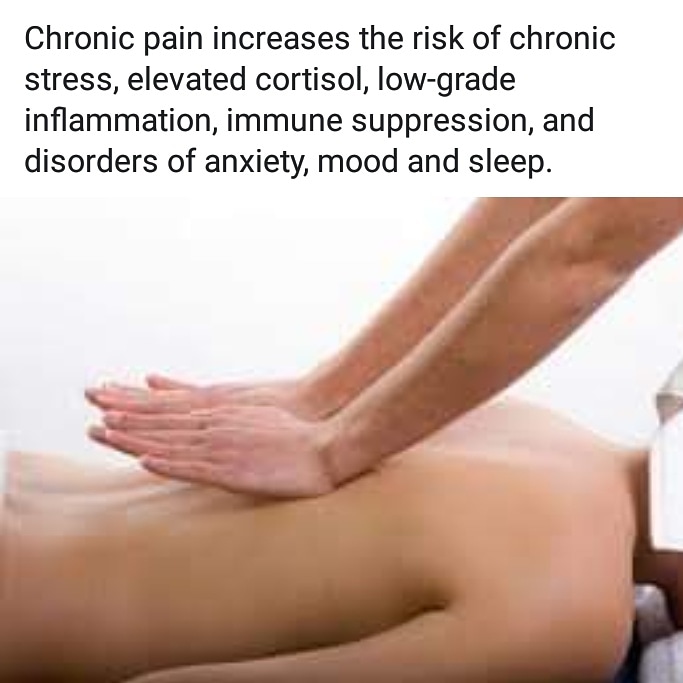
WHY FASCIA IS KEY TO PAIN RELIEF.
Fascia is the connective tissue “armor” of the body, tightening immediately in response to signals from the many nerves running throughout it. Any trauma, especially from surgery, causes the muscle and fascia to tighten. The sustained tightness of the fascia not only causes pain, it also generates inflammation, and contorts the muscles into painful knots called trigger points.
*****
Scheduling a relaxing, healing massage? Make sure your massage therapist is licensed. Check here:TDLR License search.
*****
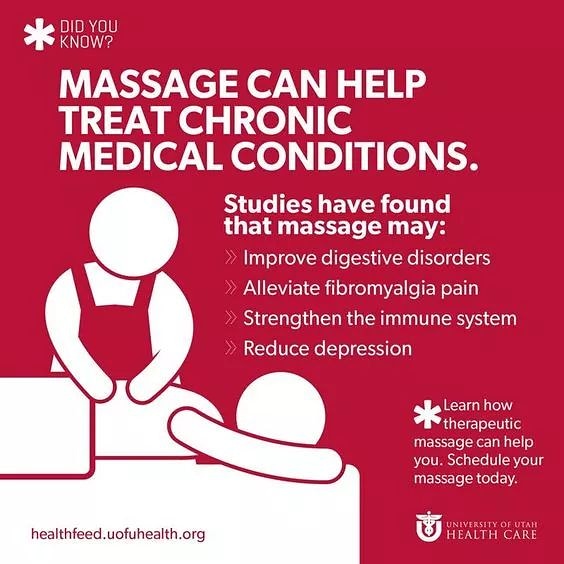 I have videos discussing the benefits of massage and bodywork on everything from ALS to Parkinson's to whiplash. Medical Massages
I have videos discussing the benefits of massage and bodywork on everything from ALS to Parkinson's to whiplash. Medical Massages
*****
Paracelsus, born Theophrastus von Hohenheim, was a Swiss physician, alchemist, and astrologer of the German Renaissance. He was a pioneer in several aspects of the "medical revolution" of the Renaissance, emphasizing the value of observation in combination with received wisdom.
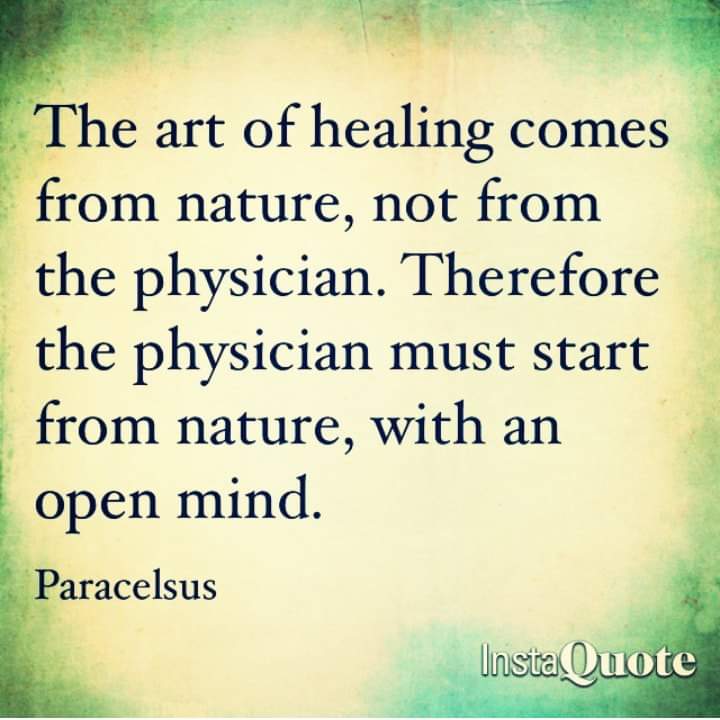
*****
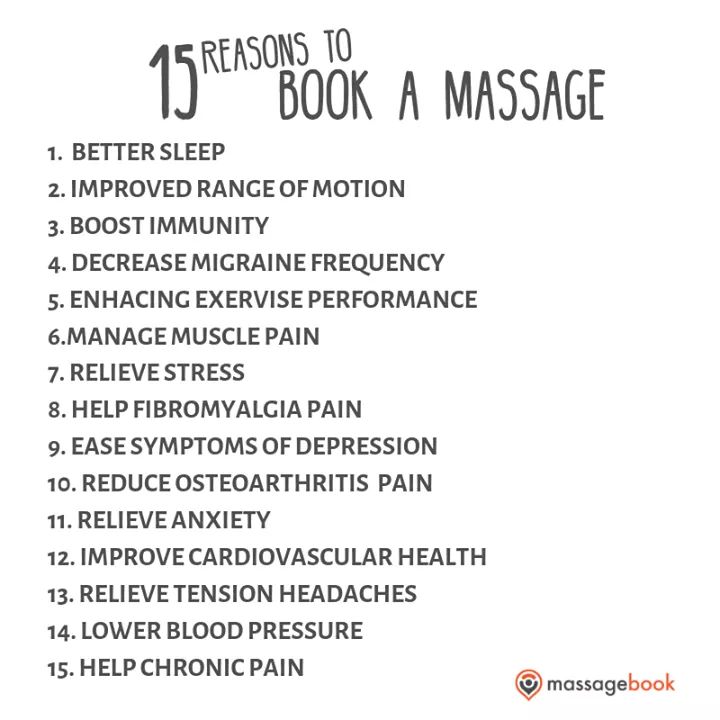
*****
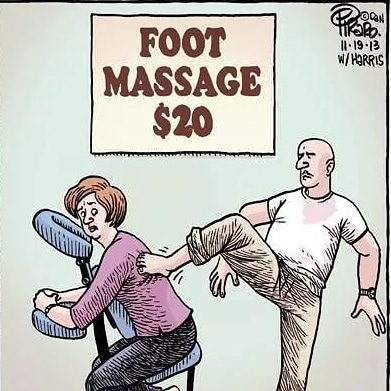
Breathing is a key factor to relaxing the muscles.
Holding your breathe is the worst.
If I have to tell you some stupid joke to make you laugh, I know you have exhaled.
*****
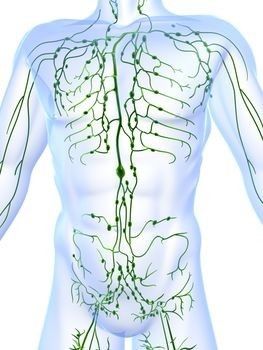
The muscles of your body need maintenance. Movement, nutrition, hydration and even cleansing. Metabolic waste, impurities, byproducts (whether from processed foods or medication) and cellular waste. Not to mention what is absorbed through the skin and the very air we breathe be it pollution or pollen. Massage and Cupping are great ways to remove these from the muscles while increasing blood flow and improving the circulation of lymph.
*****

What is Fascial Cupping ?
Facial cupping has been used for thousands of years as a noninvasive transformative therapy to make the contours of your face more pronounced and to tighten, smoothen, and brighten your skin.
It involves using relatively smaller cups than the standard body cupping ones. These cups are of varying sizes, each designed for specific areas of the face, and come attached with a silicon bubble at the hem.
Pressing the cup into your skin will create a seal, after which you can loosen your grip to create a vacuum that sucks a bit of skin up into the dome and attaches the cup onto your skin.
As a result of this upward pull, the surface skin is separated from deeper layers of fascia or connective tissue that lie underneath it.
In order to prevent cup marks or bruising on your face, it is essential to keep the cups moving in an outward and upward direction, from the center of the face towards the ear. The sweeping effect of the cups gives your facial muscles a much-needed massage to release any tension.
HOW DOES FACIAL CUPPING WORK?
The gentle lifting of facial tissue with cupping suction is a painless way to facilitate enhanced blood flow to the targeted site. With the gush of fresh blood comes a generous supply of oxygen and skin-enhancing nutrients that helps enliven your worn-out facial tissue.
This mechanism of guiding nutrients to the surface of the skin, which is at work here, is known as sterile inflammation. It is a form of tissue stress or trauma triggered in the absence of pathogens by a wide range of physical, chemical, or metabolic stimuli.
The vacuum-like suction separates different layers of facial tissue, resulting in microtrauma and tearing. The body’s natural defense system responds by flooding the area with white blood cells, platelets, and other healing aids, leading to inflammation.
Manually exercising the face and neck with these suction cups helps stimulate the lymph nodes as well. This helps promote improved drainage of cellular waste and excess fluid that has been accumulated in the face and neck, thereby reducing facial swelling and puffiness.
By working the suction cups along the forehead, nose, and sinuses, you might even register mild relief from headaches and respiratory congestion.
*****
WAYS TO COMMUNICATE WIYH YOUR MASSAGE THERAPIST 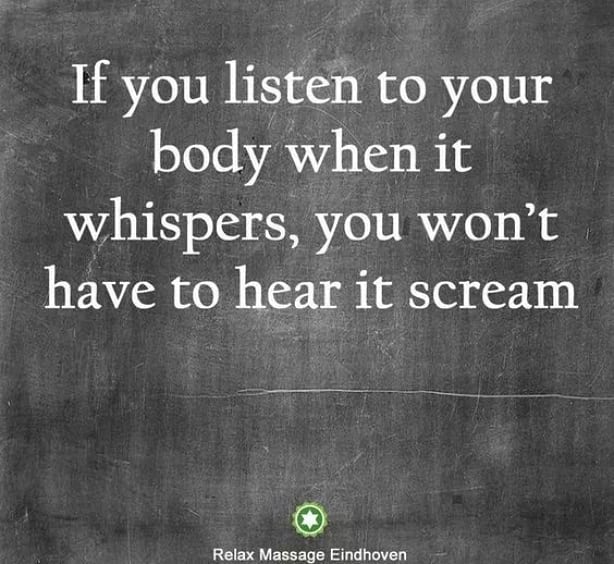
Deep, But Not Too Deep
Clients commonly request deep tissue massage for its lasting benefits—and it just plain feels good. But it’s important to let your therapist know just how deep you want your massage. Here are some ways to help you communicate with your therapist to increase or decrease the intensity.
Verbal Feedback
Your therapist really wants to know how you feel about your massage. Feedback early on in the session is important.
Use positive reinforcement. For instance, if the work is too light, a gentle, “That feels good, but I could take more pressure” is usually sufficient. As more pressure is applied, compliment your therapist for applying the proper deep pressure (“That is a great depth for me to really relax”).
Always let your therapist know if the work is too intense. Even the most careful therapist may sometimes go too deep. Simply saying that the pressure is a “bit much for me” is usually perfect so that your comments don’t sound like criticism.
Help establish the proper pace of the session.
Pain may be a result of working too fast rather than too hard. Let your therapist know that you could relax into the stroke a little easier if it were slower.
Working too fast might be a result of trying to accomplish too much in too little time. If you have problem areas, consider booking a longer massage or having spot work rather than a rushed, full-body session.
The 1-to-10 scale is a good guideline. If necessary, speak out when the intensity reaches a six or seven so the therapist knows not to increase pressure.
Nonverbal Cues
Your therapist constantly monitors your body’s reaction to the massage. You can use these cues to your own advantage, so you can help the therapist without pulling yourself out of the massage experience.
Allow your muscles to tighten if the work is too intense. Your therapist should immediately recognize this as a response to excessive pressure rather than normal muscle tension.
Use your breath. Slow, deep breathing usually signifies the perfect pressure. Fast or labored breathing usually indicates nearing the threshold of pain.
Use nonspecific sounds, such as a deep sigh, to let your therapist know the depth and speed of the work are perfect.
As in most relationships, it sometimes takes a bit of time to establish a common bond of communication, so experiment to find the best cues for your therapist.
By Art Riggs
Originally published in Massage & Bodywork magazine, July/August 2010
*****
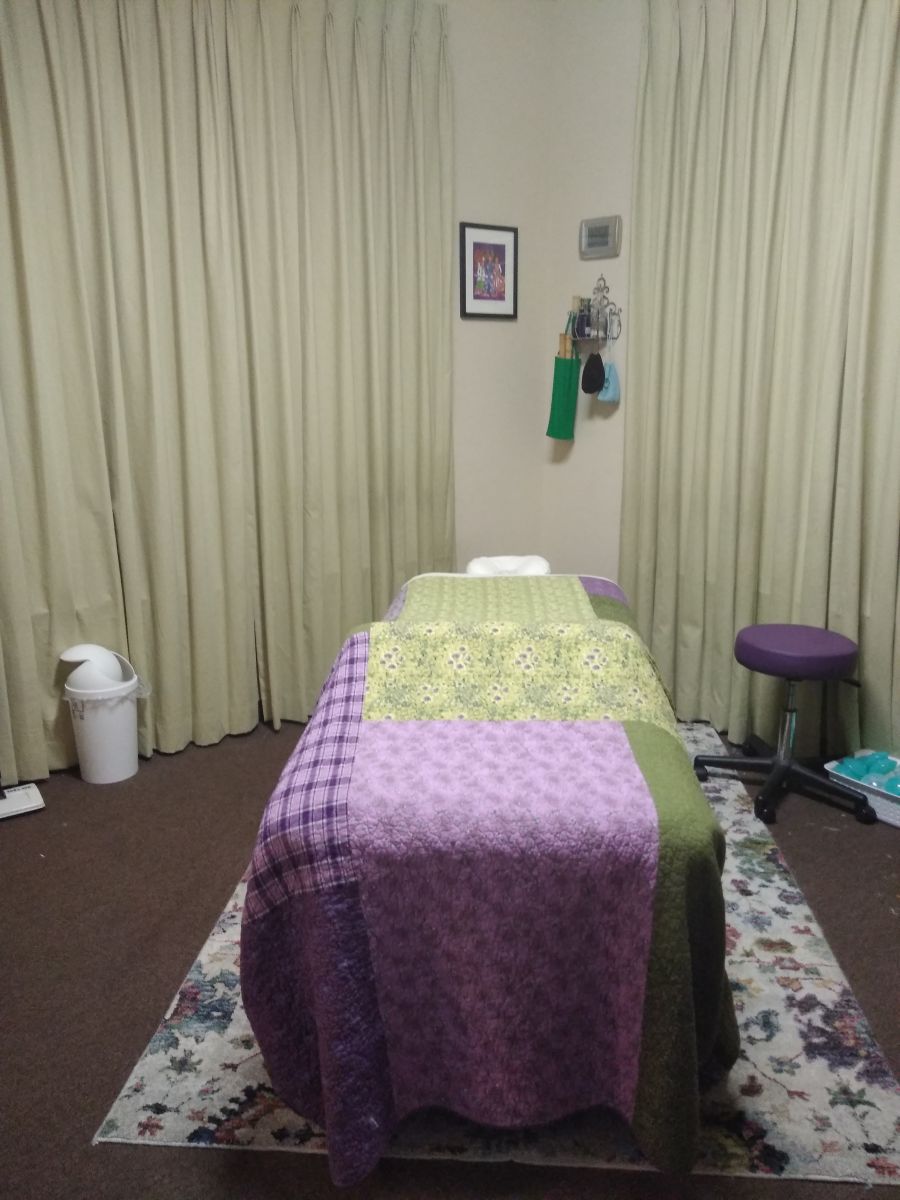
Once I turn off the lights, you climb onto the table with it's warming pad and heavy quilt and the smell of eucalyptus fills your nose, you are starting your journey to the here and now. Whether you choose a relaxing massage, a cupping session or more therapeutic treatment for pain management, I strive to ensure your comfort and peace of mind.
*****
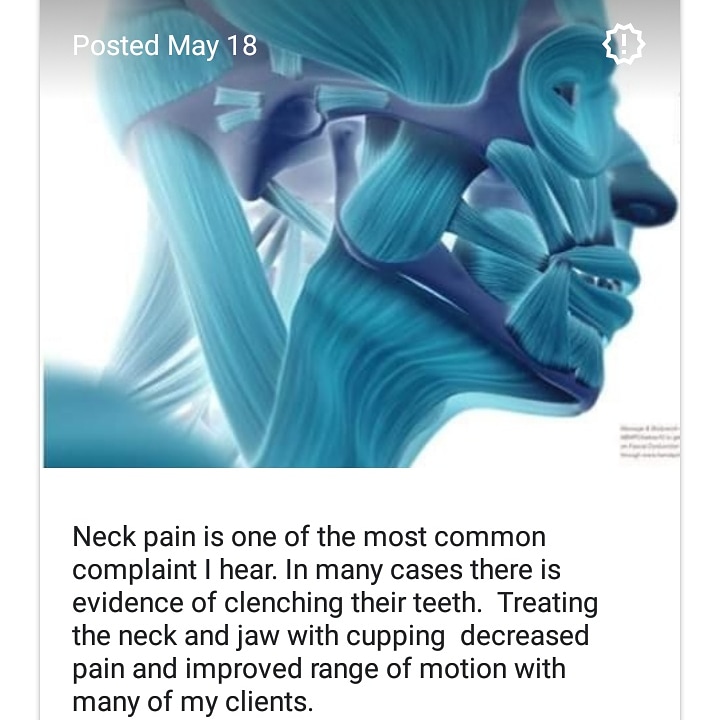
*****
BENEFITS OF CUPPING THERAPY
Separate adhesions in tissue layers and create space in the fascia
Liberate trapped inflammation
Liquefy and stimulate lymph drainage
Sedate and regulate the nervous system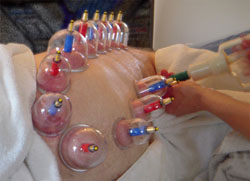
Relieve pain
Soften and minimize scar tissue
Release rigid tissue and compensatory patterns
*****
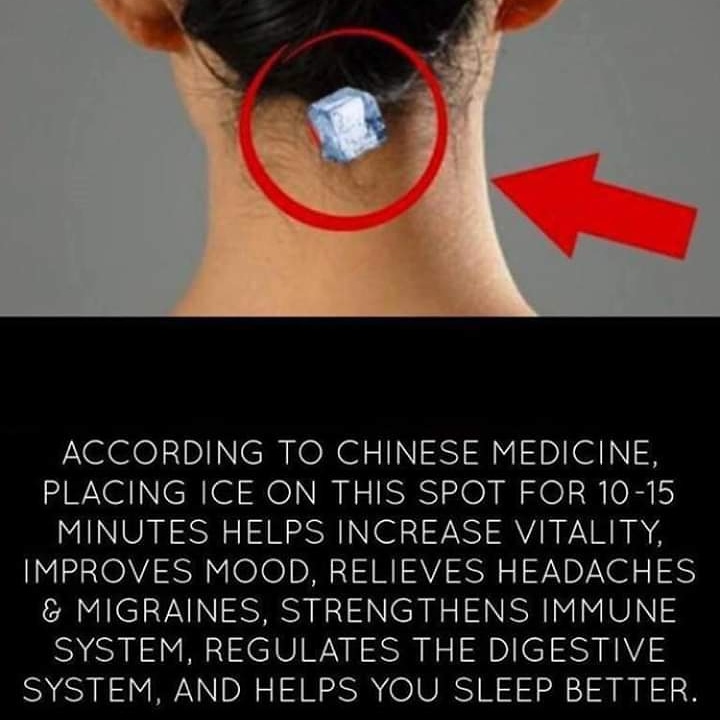
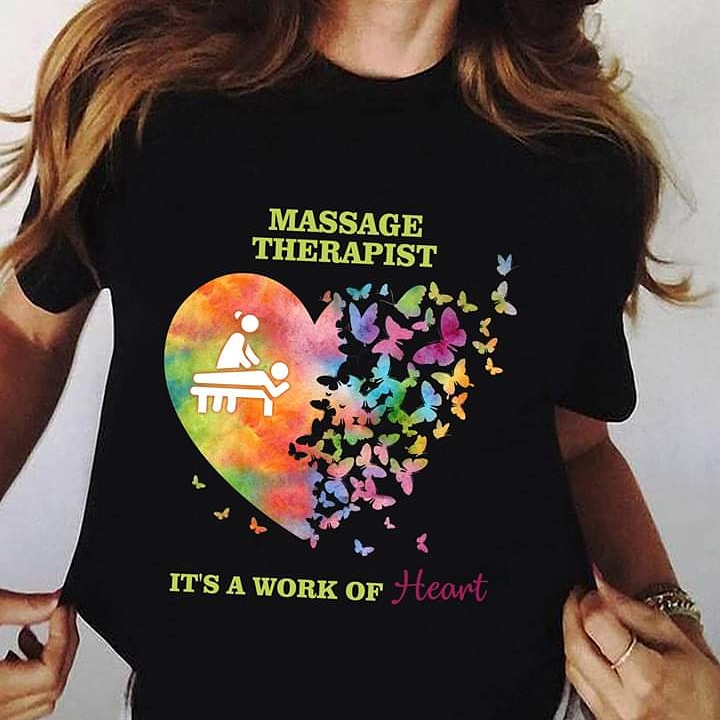
*****
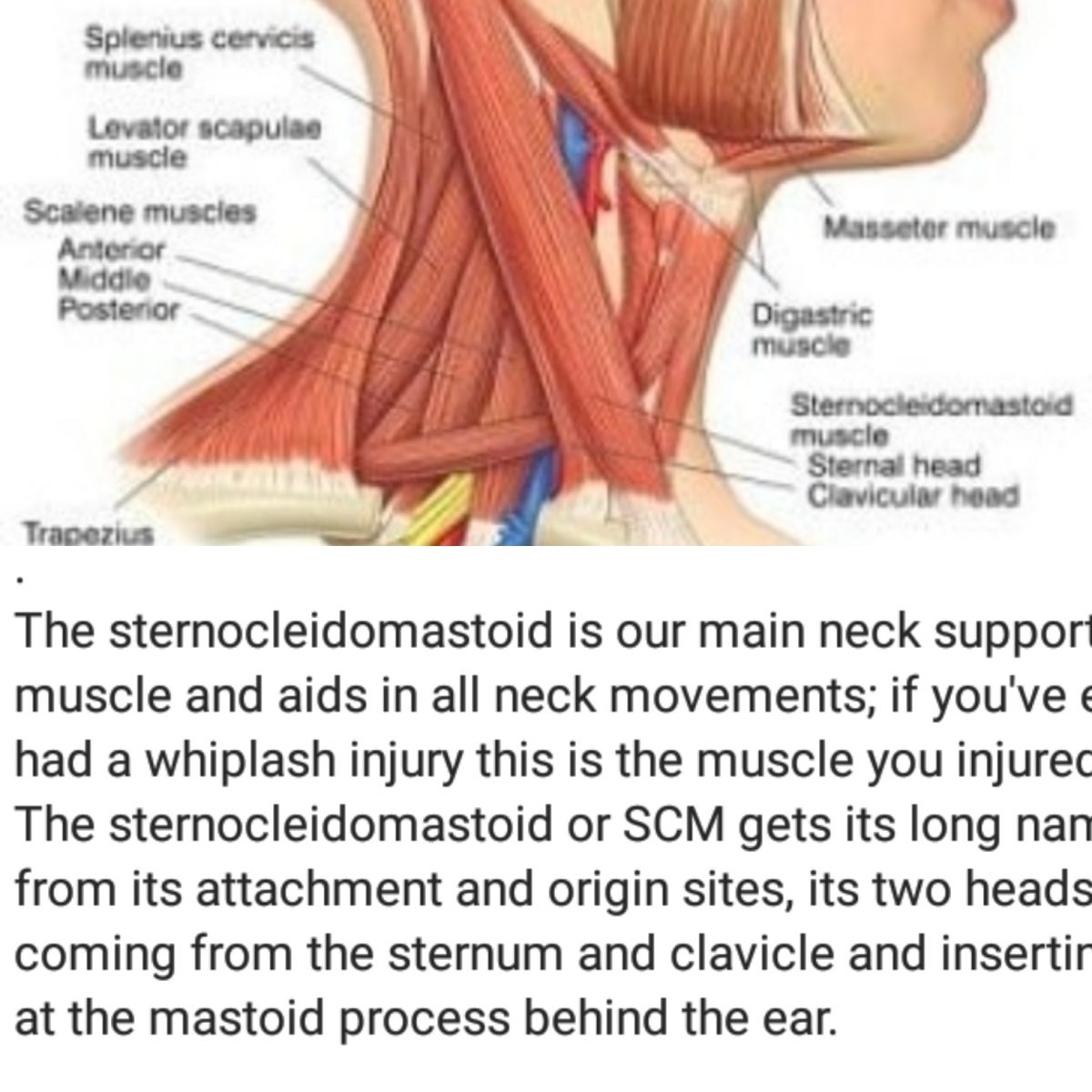
*****
